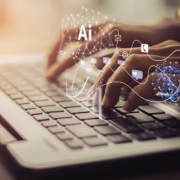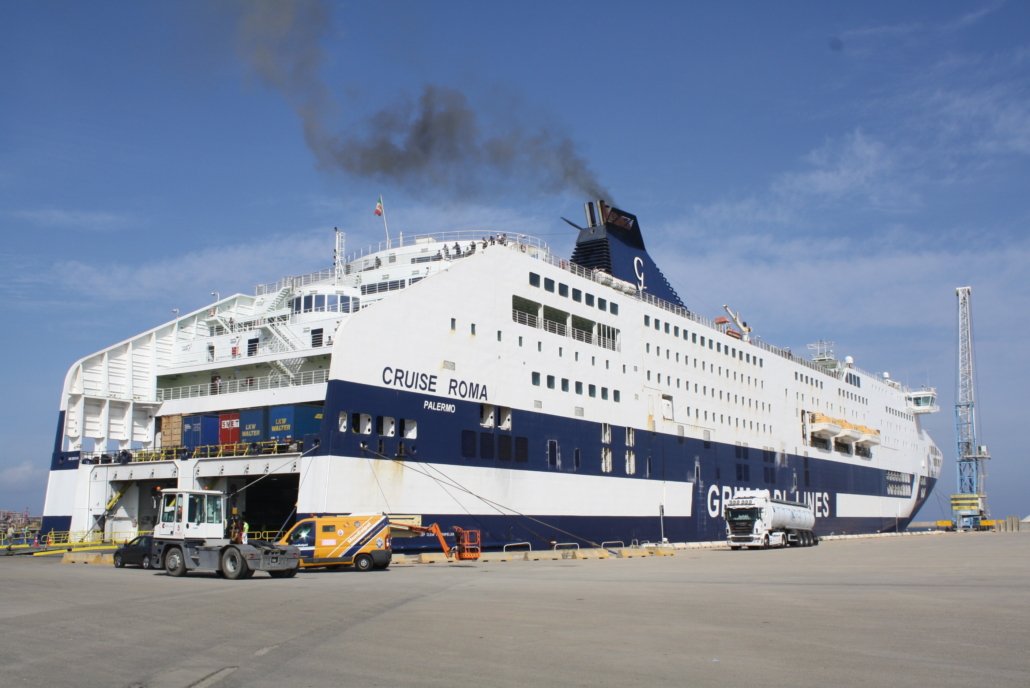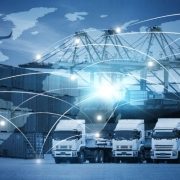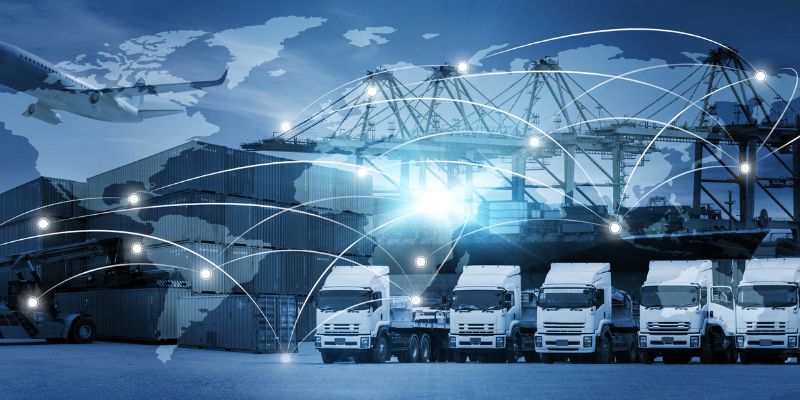Reviving the Silk Road: How China-Europe Rail Freight is Transforming Global Trade
The Silk Road, historically known as the Silk Route, was an ancient network of trade paths that connected the East and West. Established during the Han Dynasty of China around 130 BCE, it was instrumental in the cultural, commercial, and technological exchange between various civilizations. The Silk Road traversed some of the most diverse terrains, including deserts, mountains, and plains, linking China with India, Persia, the Arabian Peninsula, and Europe.
Named after the lucrative silk trade that flourished during its use, the Silk Road was not a single road but a complex system of interconnected routes. It facilitated the exchange of goods such as silk, spices, tea, precious metals, and other commodities. Beyond goods, it was a conduit for the spread of knowledge, ideas, religion, and culture, profoundly influencing the civilizations it connected.

The Modern Silk Road: An Overview
Fast forward to the 21st century, and the spirit of the Silk Road has been revived through China’s ambitious Belt and Road Initiative (BRI), launched in 2013. This initiative aims to create a modern infrastructure and trade network that echoes the ancient routes, promoting economic cooperation and connectivity on a global scale. One of the most significant components of the BRI is the China-Europe rail freight connection, which serves as a contemporary Silk Road, linking the two continents with a fast and efficient transport route.

The China-Europe rail freight network has transformed global trade dynamics by offering a viable alternative to maritime transport. This intermodal route connects major Chinese cities like Chongqing, Chengdu, Zhengzhou, and Xi’an with key European destinations such as Duisburg, Hamburg, and Madrid. Covering approximately 11,000 kilometers, these rail links traverse multiple countries, including Kazakhstan, Russia, Belarus, and Poland, before reaching their final destinations in Europe.
Benefits of the China-Europe Rail Freight
- Reduced Transit Times: One of the most significant advantages of the China-Europe rail freight is its speed. While maritime transport from China to Europe typically takes 30 to 40 days, rail freight reduces this time to around 12 to 18 days. This dramatic reduction in transit time allows businesses to respond more swiftly to market demands and reduces the need for large inventories.
- Cost-Effective: Although rail freight is more expensive than sea transport, it is considerably cheaper than air freight. For many businesses, it strikes an ideal balance between cost and speed, providing a middle ground that meets both budgetary and logistical requirements.
- Environmental Benefits: Rail transport is more environmentally friendly compared to air and sea transport. Trains produce fewer CO2 emissions, making them a greener alternative. This aspect is increasingly important as companies strive to reduce their carbon footprint and align with global sustainability goals.
- Reliability and Security: Rail freight offers higher reliability and security. Trains run on fixed schedules and are less susceptible to delays caused by weather conditions, port congestions, or other disruptions common in maritime transport. Additionally, railways are less prone to piracy compared to sea routes, enhancing the security of transported goods.
The Economic Impact
The revitalised Silk Road has significantly impacted global trade patterns. By offering a faster and reliable route, the China-Europe rail freight has made it easier for European companies to access Chinese markets and vice versa. This increased connectivity fosters economic cooperation, leading to new business opportunities and investments along the route.
The rail link has also stimulated economic development in the regions it passes through. For instance, cities like Duisburg in Germany have become major logistics hubs, benefiting from increased trade volumes and associated economic activities.
Case Study: The Yiwu-Madrid Route
The Yiwu-Madrid railway line stands out as a prime example of the success of the China-Europe rail freight network. Yiwu, known as the “world’s supermarket” for its vast wholesale markets, sends a wide range of goods to Madrid, Spain, over a distance of approximately 13,000 kilometers. This route is one of the longest rail links in the world and serves as a critical artery for trade between China and Europe.
Key Highlights of the Yiwu-Madrid Route:
- Transit Time: The Yiwu-Madrid rail link takes about 16 to 18 days, significantly faster than the traditional maritime route.
- Freight Volume: The route has seen a steady increase in freight volume since its inception, transporting goods such as electronics, clothing, and machinery.
- Economic Benefits: The rail link has boosted local economies along the route, creating jobs and promoting infrastructure development. In Madrid, the influx of Chinese goods has enriched the local market, providing consumers with a broader range of products at competitive prices.
The success of the Yiwu-Madrid route underscores the broader potential of the China-Europe rail network. It highlights how modern logistics solutions can bridge vast distances, foster economic ties, and promote sustainable trade practices.
Conclusion
The revival of the ancient Silk Road through the China-Europe intermodal connection via rail freight is a transformative development in global trade. By offering reduced transit times, cost-effective logistics, and environmental benefits, this modern Silk Road is reshaping how goods are transported between the East and the West. The success stories like the Yiwu-Madrid route illustrate the tangible benefits and potential of this initiative. As global trade continues to evolve, the China-Europe rail freight network is poised to play an increasingly pivotal role, complementing maritime transport and driving economic growth across continents.
SURCO Madrid – October 2024
If you are interested in learning more about intermodal rail transport, you can check out the Escola’s upcoming SURCO Madrid course which will take place between the 14th and the 22nd of October 2024. The SURCO courses go beyond standard rail-intermodality training and delve into comprehensive port to rail operations, with the students given the opportunity to study intermodal operations. The lectures that accompany practical visits to intermodal rail terminals ensure that a complete knowledge of these is acquired by the students in an eminently practical environment. For more information, check out SURCO Madrid 2024.
References
- Belt and Road Initiative
- China-Europe Railway Express
- Environmental Impact of Rail Transport
- Yiwu-Madrid Railway




















